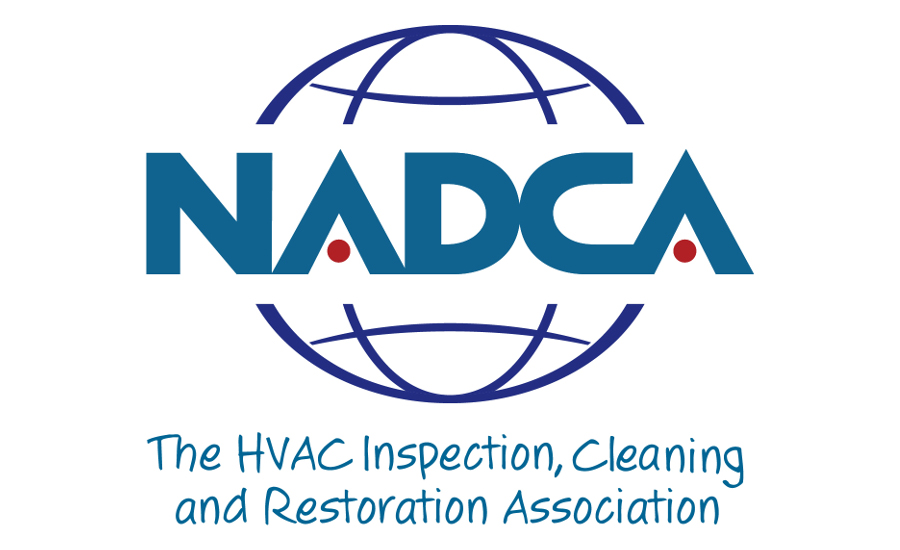As of September 2015, 27 active wildfires were burning around the United States, damaging nearly 1.6 million acres of land. The valley fire in California — deemed one of the most destructive wildfires in U.S. history — had burned a total of 70,000 acres, destroyed 585 homes and displaced 13,000 people before it was even 30 percent contained.
The 2015 wildfires are estimated to result in $237.3 billion of damage in just seven U.S. states. Part of these damage costs includes those to HVAC systems. For members and service providers living and working in affected areas, a big job lies ahead in helping to ensure the safe operation of HVAC systems following the prolonged burn of 2015’s wildfires.
A building doesn’t have to burn for its HVAC system to incur damage from a wildfire. Soot — the fine particles carried by smoke and haze that are produced by incomplete combustion of coal, oil, wood or other fuels — can infiltrate even well-sealed HVAC systems. This particulate can be especially dangerous, as it may consist of chemicals, metals, acids and other harmful materials suspended in the air. The Environmental Protection Agency is concerned about particulate matter 10 micrometers in diameter and smaller, as those are the particles small enough to pass through the throat and nose, and into the lungs. Soot is made up of particulate matter just 2.5 micrometers in diameter and smaller, which makes the dangerous particles easier to inhale and well within the hazardous range established by the EPA.
According to the EPA, the microscopic particles that comprise soot “can penetrate deep into the lungs and have been linked to a wide range of serious health effects, including premature death, heart attacks and strokes, as well as acute bronchitis and aggravated asthma among children.”
Pollution
Studies have shown that large wildfires, like those seen this year, can produce upward of 36 tons of particulate matter per minute. The volume of particulate produced during wildfires can overwhelm otherwise healthy HVAC systems and pose a serious threat to the health of building occupants following a fire. What’s more, the duration of the fires is a concern.
“The longer a fire exists in the environment, the greater the likelihood that smoke, soot and embers will get into the system,” said Dan Stradford, a National Air Duct Cleaners Association board member and owner of Action Duct Cleaning in Altadena, California.
Soot can enter an HVAC system in a variety of ways. NADCA’s continuing education training session, “Cleaning Smoke and Fire Damaged Projects Panel Discussion,” by Richard Lantz and Bob Getz outlines soot contamination and common entry points:
- Improperly installed duct and grille connectors.
- Braced-open fire dampers.
- Return or cold-air ducts.
“If a system is operational, it’ll draw in smoke and ash from the outside air,” said Stradford. “The particulate in the air will clog up the coils, spread throughout the system and circulate into the building.” However, a system doesn’t need to be operational to be contaminated by soot, as differential temperatures in occupied spaces mean the HVAC system is constantly exchanging air.
Other ways a nonoperational system could become contaminated by soot:
- Air-handling units pressurized by outside air.
- Heat recovery ventilators installed in newer homes.
- HVAC systems operating in “fan-on” mode.
- Ceiling and whole-house fans in operation.
This article was supplied by the National Air Duct Cleaners Association. Part II will appear next month.








